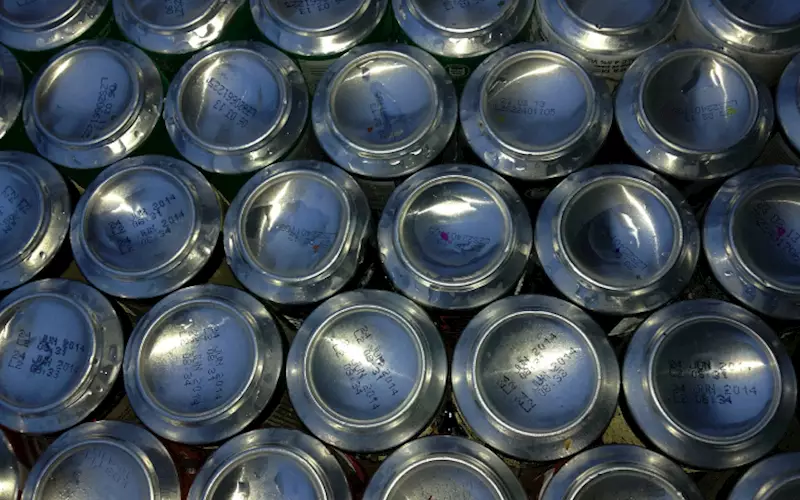Metal packaging market demand to surpass pre-pandemic levels
According to a study by Smithers, the global metal packaging and coatings market is set to reach USD 112.4 billion in 2020 from a dip of USD 4.8 billion as compared to 2019.
11 Nov 2020 | By Abhishek Muralidharan
The report titled as The Future of Metal Packaging and Coatings to 2025 foresees the industry to return to positive growth in 2021, much stronger than pre-Covid levels. “Overall, the post-Covid tailwind will raise the 2020-2025 industry compound annual growth rate (CAGR) to 3.1% – almost twice that predicted in pre-pandemic forecasts. This will push worldwide metal packaging market's value to USD 131.2 billion in 2025, at constant prices,” it said.
The lockdown in Europe and North America has caused about a 10% surge in demand for food cans, as consumers stockpiled tinned foodstuffs. There has also been a rise in demand for beverage cans as consumers have moved away from bars and restaurants to the socially distanced household consumption. However, disruption to international trade is impacting bulk metal containers, fabricated steel boxes, and shipping barrels and drums affecting 80% of the 2020 demand.
The new study has sub-divided the market into five segments: cans (beverage, food, aerosol, and other cans), metal closures, industrial bulk containers, industrial drums and barrels and other aluminium containers. The largest sector by value is of cans, which represented 56% of total market value in 2019. With beverages accounting for 70% of this by volume, future developments including soft drinks, energy drinks and beer have prompted can makers to add capacity.
"These investments will be supported by parallel trends such as the demand for more sustainable, recyclable packaging; a criterion on which aluminium and steel have performed well in comparison to PET bottles. The report also said that the consumption of carbonated soft drinks has slowed down by healthy eating trends and taxes on high-sugar products. However, the growth remains strong for all other non-alcoholic drinks, fuelling the use of speciality cans," the report added.
Brands' sustainability targets have favoured the lightweighting of metal packages. Thus, for cans, the priorities are shifting towards wider use of lower weight can ends and replacement of three-piece cans with two-piece constructions. In aerosols, weight savings are being enabled by the use of alloy slugs with a new interest in bag-on-valve designs for single and dual-dispensing products.
In congested consumer applications, there is an impetus for brands to invest in enhanced decoration. Thus, to deliver this conventional metal packaging, print equipment is being enhanced and supplemented by more inkjet installations; which are allowing variated and innovative designs, improved matt or glossy finishes and tactile effects.
Meanwhile, in coatings, the food can makers have moved to replace epoxy phenolic coatings in response to the pressure from legislators and public health lobby groups over bisphenol-A (BPA) (This is despite the substance being cleared in that application by regulatory authorities in the US and European Union). The substitution process will potentially extend into less mature economies over the next five years.











 See All
See All